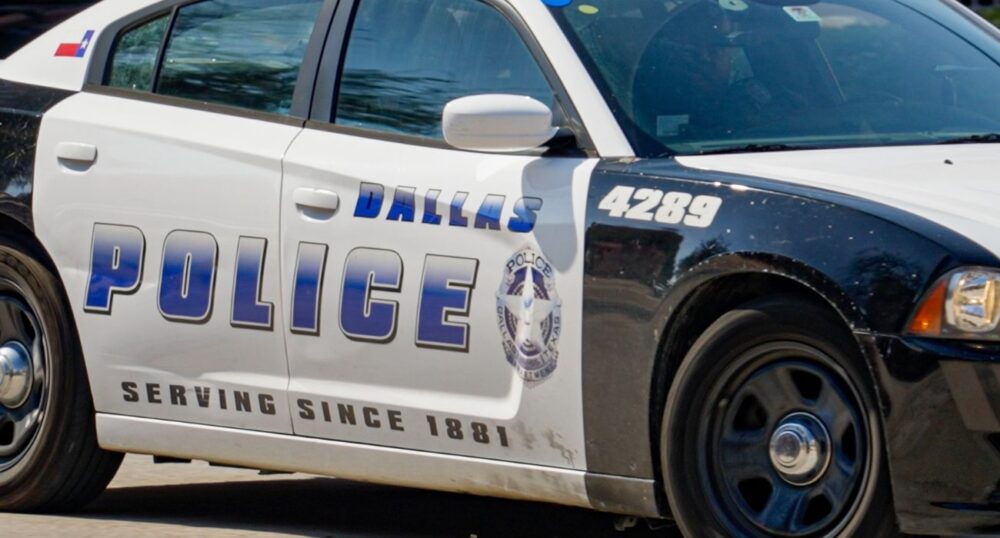Dallas residents rated the delivery of some City services high on a community survey, but they continue to rank infrastructure, public safety, sanitation, and homelessness as areas that need improvement.
“The purpose of the survey was to assess citizen satisfaction with the delivery of major City services, to help improve the quality of City services, and to determine priorities for the community,” reads the “Community Survey Findings Report” from the ETC Institute.
The six-page survey was completed by “a random sample” of 2,118 households in Dallas. Participants were provided a link to the online survey. A minimum of 150 surveys were completed in each of the city’s 14 council districts during April and May.
Budget and Management Services worked with ETC Institute to garner the 2024 results.
“Management recognizes the need for a standard mechanism to engage residents and to receive customer feedback that will allow the City to monitor long-term aggregated trends related to customer perceptions,” CFO Jack Ireland wrote in a June 21 memo. “The Community Survey allows the City to understand and respond to the trends, use the information to assess resident perceptions of Dallas, and make resource allocations during the annual budget development process.”
Respondents were asked to rate the quality of life, characteristics of the community, speed of growth, perceptions of problems, and major City services on different point scales. This story includes ratings based on a 1-4 scale, with one being “poor,” two being “fair,” three being “good,” and four being “excellent.”
Here’s how they stacked up:
Quality of Life
- Dallas as a place to do business — 80% rated “excellent” or “good.”
- Dallas as a place to work — 66% rated “excellent” or “good.”
- Dallas as a welcoming place — 67% rated “excellent” or “good.”
- Own neighborhood as a place to live — 67% rated “excellent” or “good.”
- Dallas as a place to live — 63% rated “excellent” or “good.”
- Quality of economic development — 63% rated “excellent” or “good.”
- Overall quality of life — 58% rated “excellent” or “good.”
- Dallas as a place to raise children — 47% rated “excellent” or “good.”
- Dallas as a place to retire — 34% rated “excellent” or “good.”
- Value received from city property tax dollars and fees — 24% rated “excellent” or “good.”
General Community Characteristics
- Opportunities to attend arts and cultural events — 74% rated “excellent” or “good.”
- Overall reputation of Dallas — 54% rated “excellent” or “good.”
- Acceptance of people of diverse backgrounds — 50% rated “excellent” or “good.”
- Sense of community — 41% rated “excellent” or “good.”
- Air quality — 38% “excellent” or “good.”
Community Access
- Affordable, quality food — 54% rated “excellent” or “good.”
- Quality education — 48% rated “excellent” or “good.”
- Affordable, quality health care — 47% rated “excellent” or “good.”
- Living-wage jobs — 46% rated “excellent” or “good.”
- Affordable, quality job care — 18% rated “excellent” or “good.”
- Affordable, quality housing — 17% rated “excellent” or “good.”
Survey participants were also asked to rate public safety, parks and recreation, solid waste services, street and infrastructure/mobility, other City services and facilities, and customer service on a different point scale. That data will be highlighted by other DX stories over the next few weeks.
“Notably, satisfaction with City Services is higher in Dallas than other large U.S. cities,” Ireland’s memo claims. “ETC Institute has conducted research for more major U.S. cities than any other firm. Other clients include San Antonio, Philadelphia, Phoenix, and San Diego.”
Polling by The Dallas Express suggests that most residents think Dallas officials are doing a poor job of “keeping crime low; addressing homelessness, vagrancy, and panhandling; [and] keeping public spaces clean.” The ETC Institute survey shows similar sentiments from residents.
Specifically, roughly 75% of Dallas residents think homelessness, vagrancy, and aggressive panhandling are “major” problems in the city. Respondents also appeared to generally support the “one-stop-shop” homeless services model used in San Antonio by Haven for Hope. The model has been credited with a 77% reduction in unsheltered homelessness in San Antonio’s downtown area.
“The City services that residents rated the highest, based upon a combination of ‘excellent’ and ‘good’ ratings, were: Dallas Love Field Airport (92%), public library services (90%), and fire services (88%),” according to the survey. “Residents rated the maintenance of infrastructure the lowest (22%). The City services that residents felt should be the top three priorities were: 1) maintenance of infrastructure, 2) police services, and 3) traffic management.”
Under the perception category, residents rated homelessness (73%), infrastructure (60%), crime (52%), and drugs (51%) as “major” problems.
“The public safety services that residents rated the highest, based upon a combination of ‘excellent’ and ‘good’ responses, were: the response time of the fire department to structure fires (80%) and response time of fire to medical emergencies (79%),” the survey shows. “Residents rated mental health programs (10%) the lowest. The public safety services that residents felt were most important were: 1) visibility of police in neighborhoods and 2) response time of police to emergency calls.”
Despite a report calling for a force of about 4,000 officers, the Dallas Police Department fields roughly 3,000. Its budget of $654 million is smaller than that of law enforcement agencies in other high-crime cities, such as New York and Chicago.


